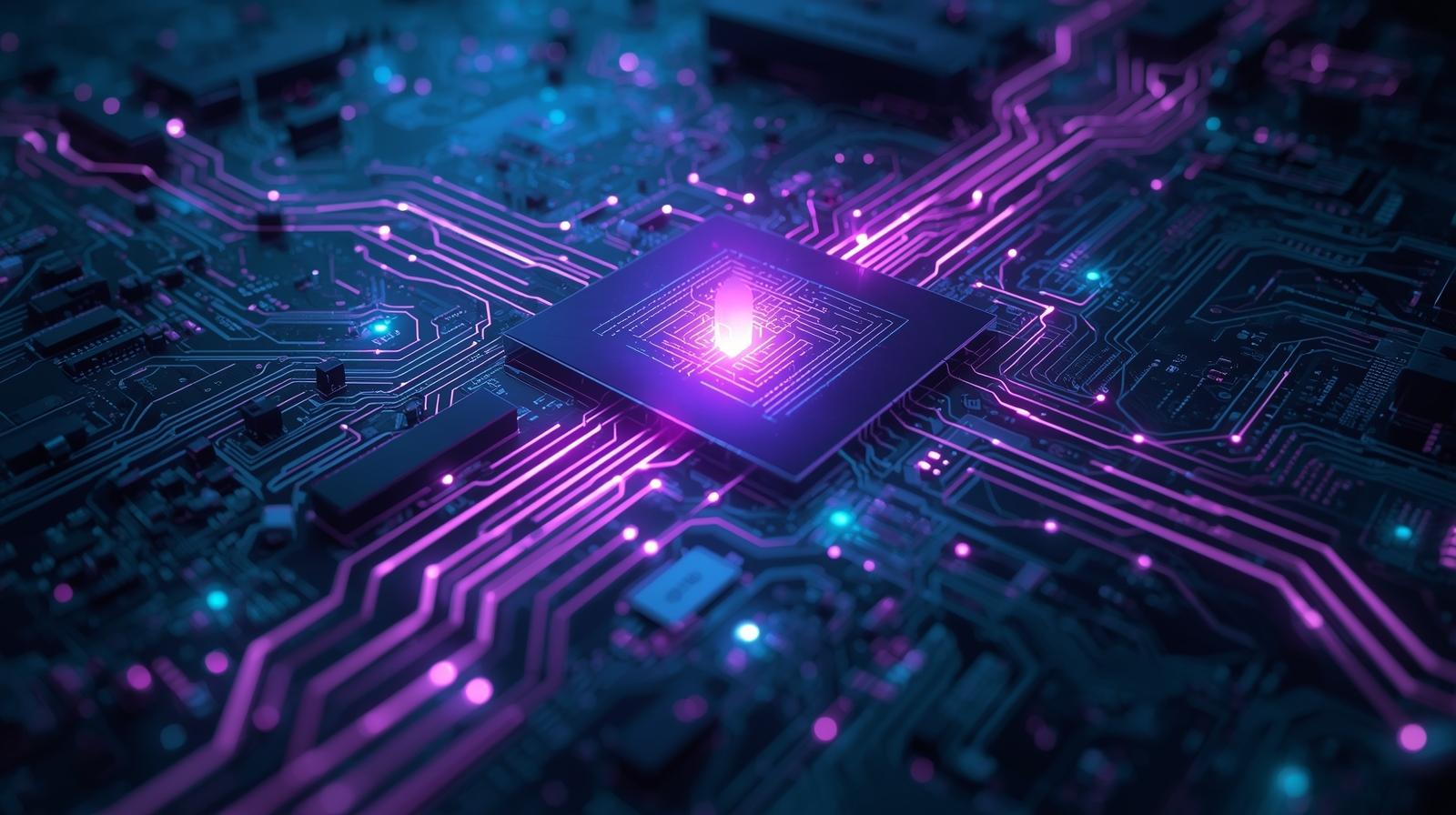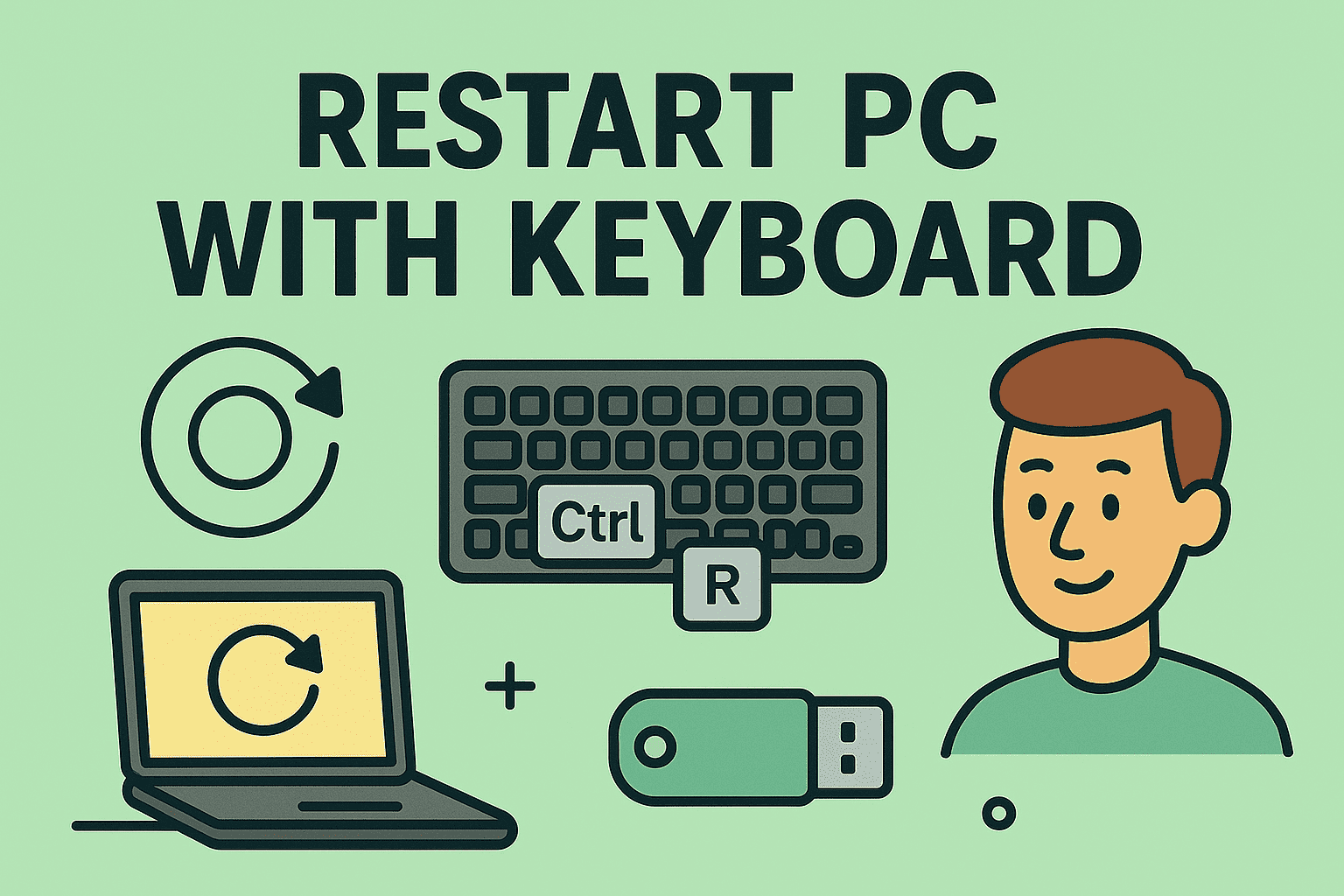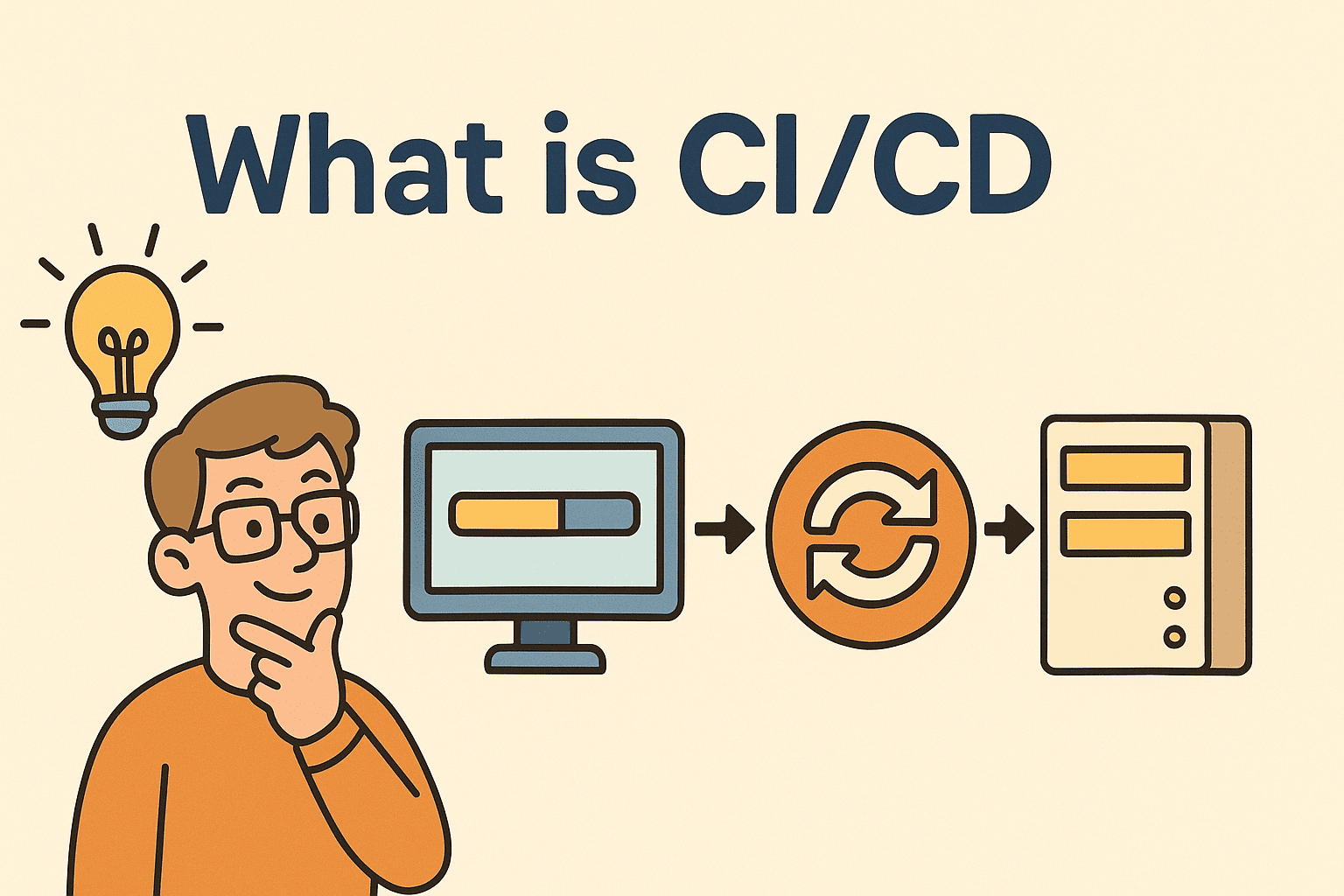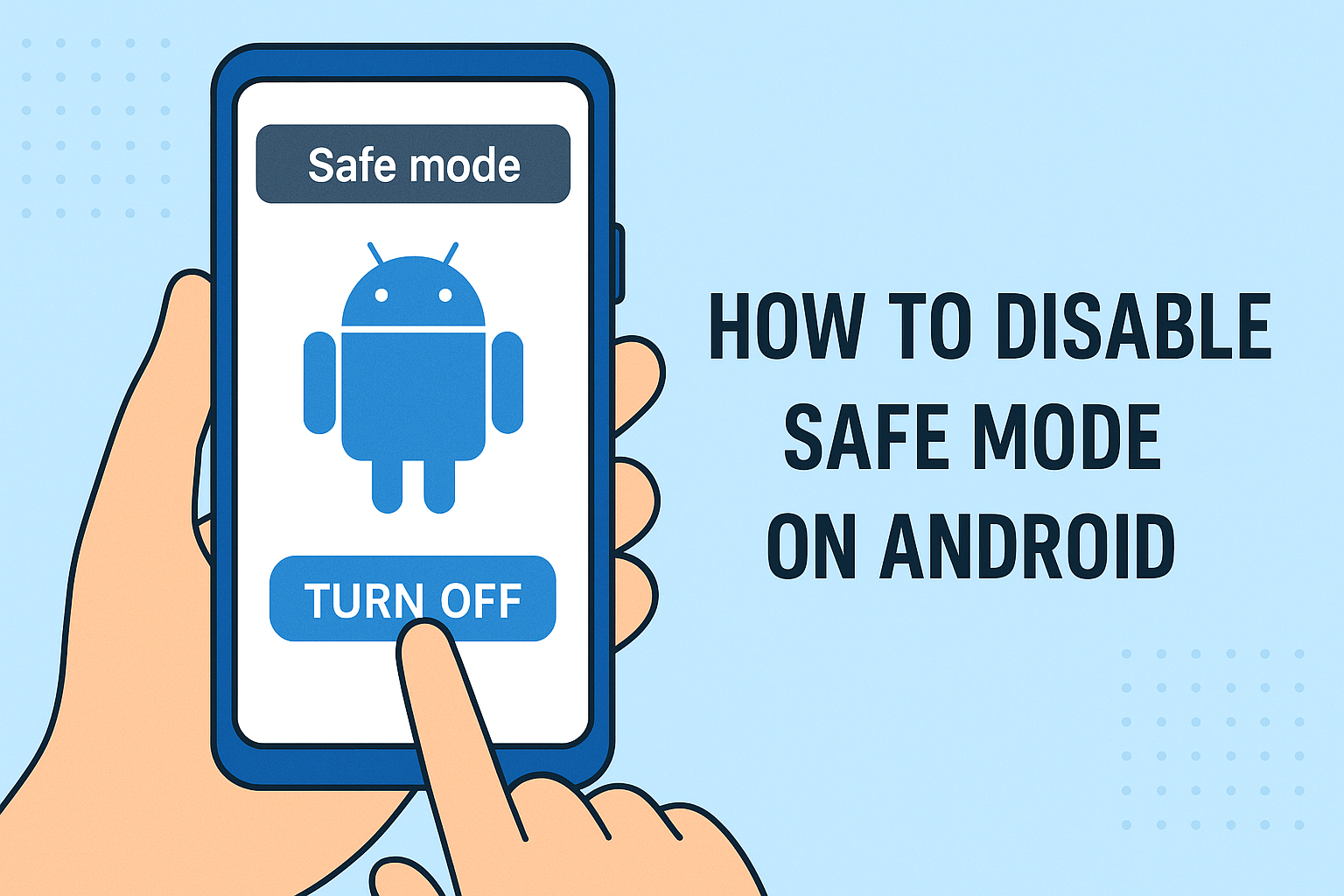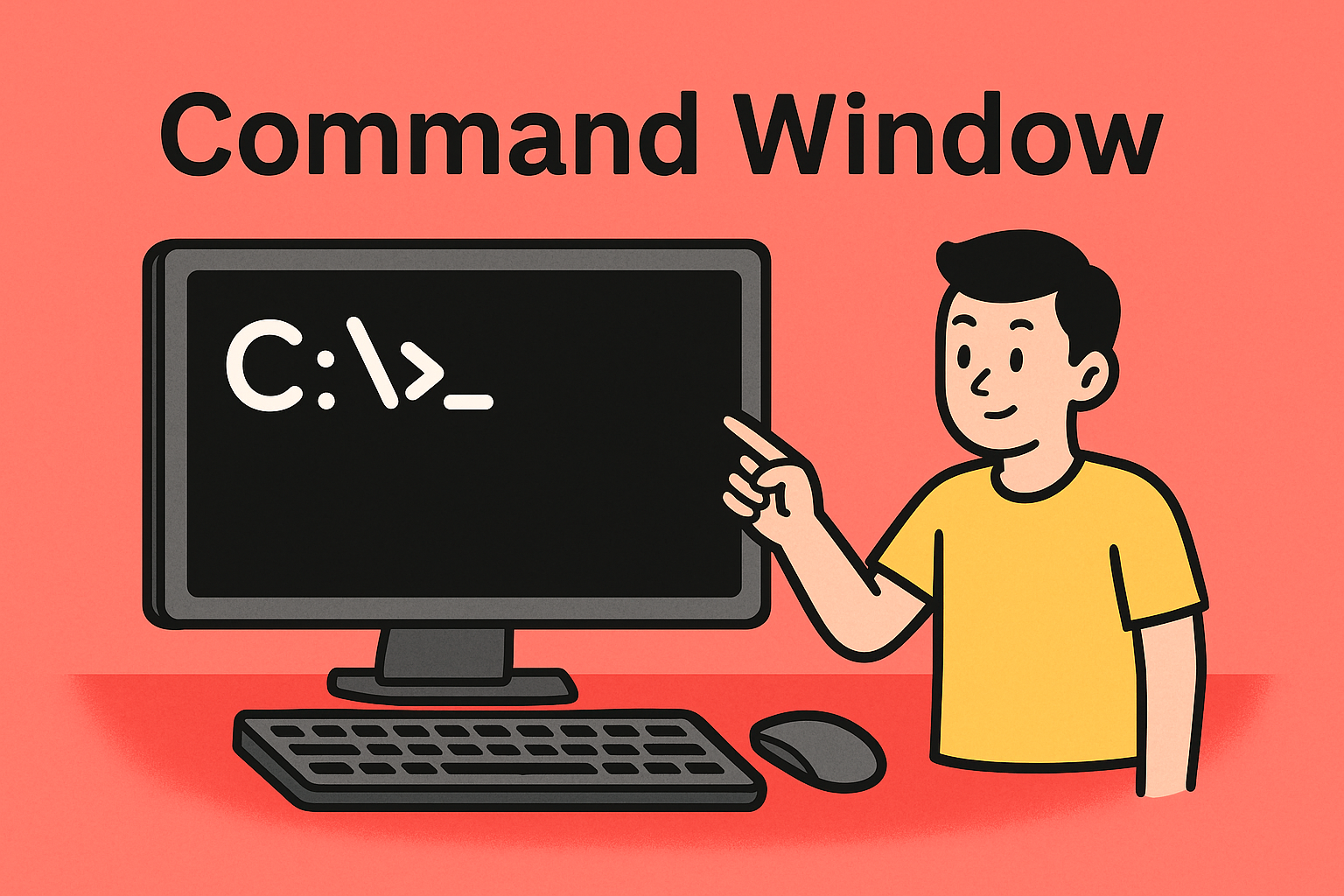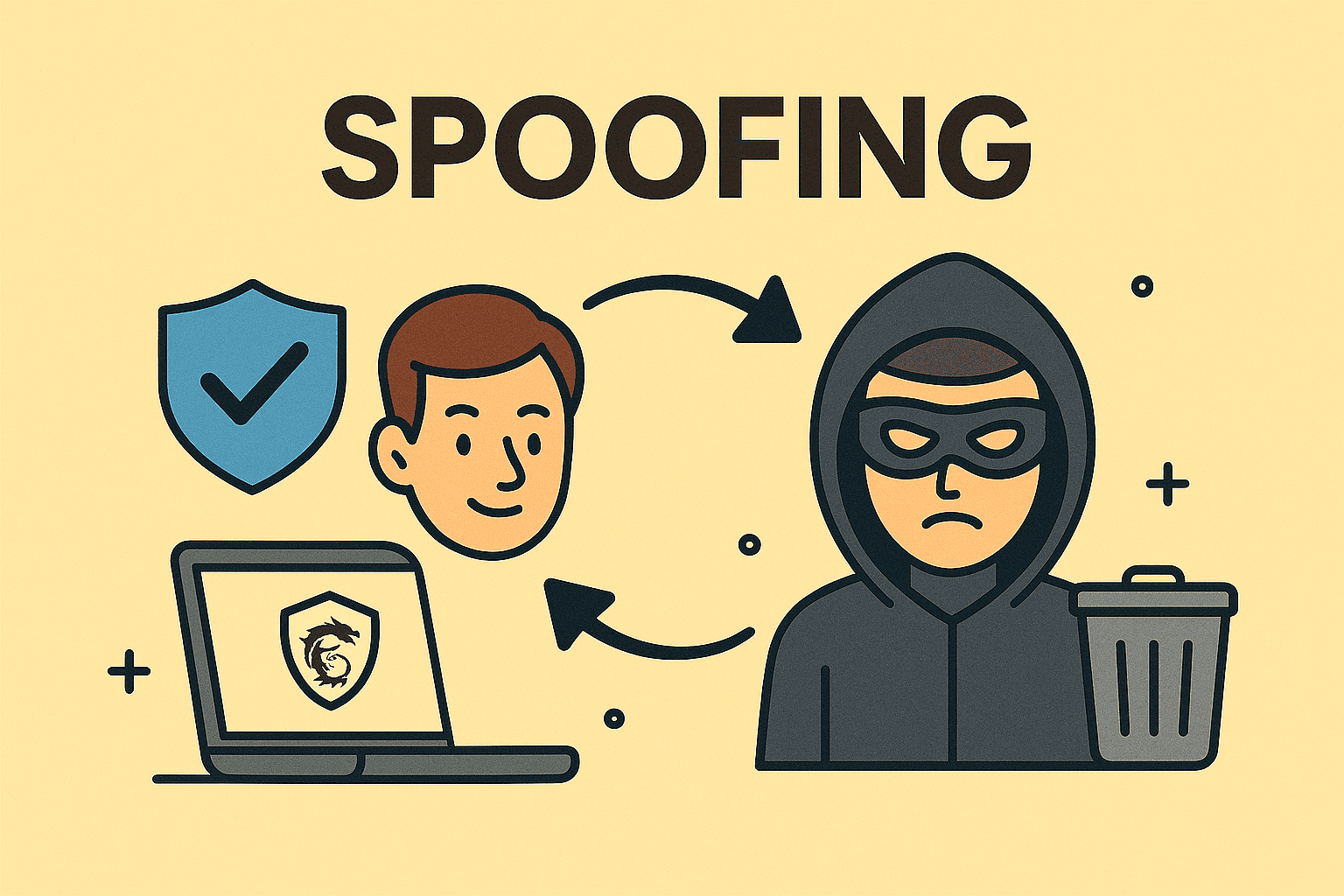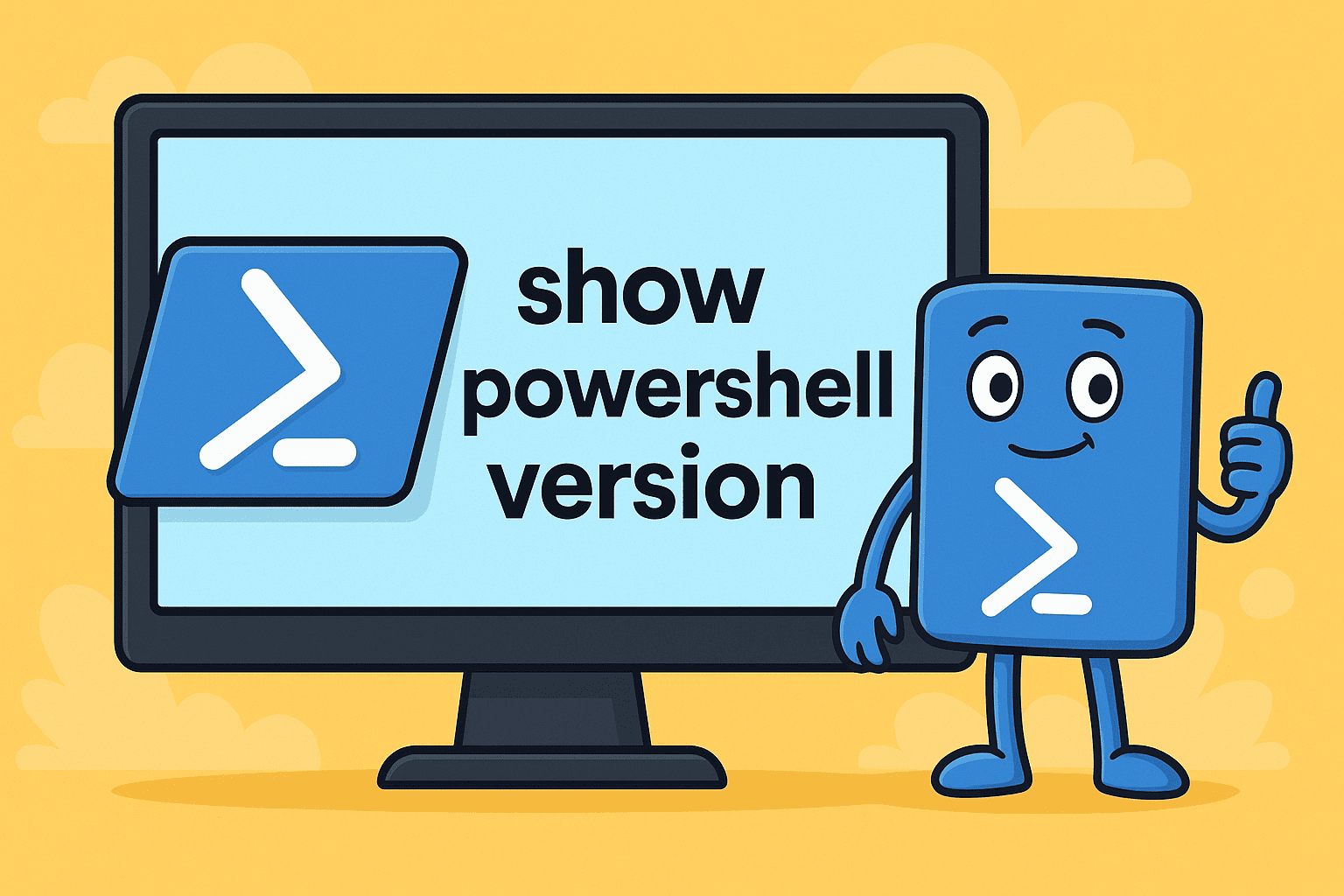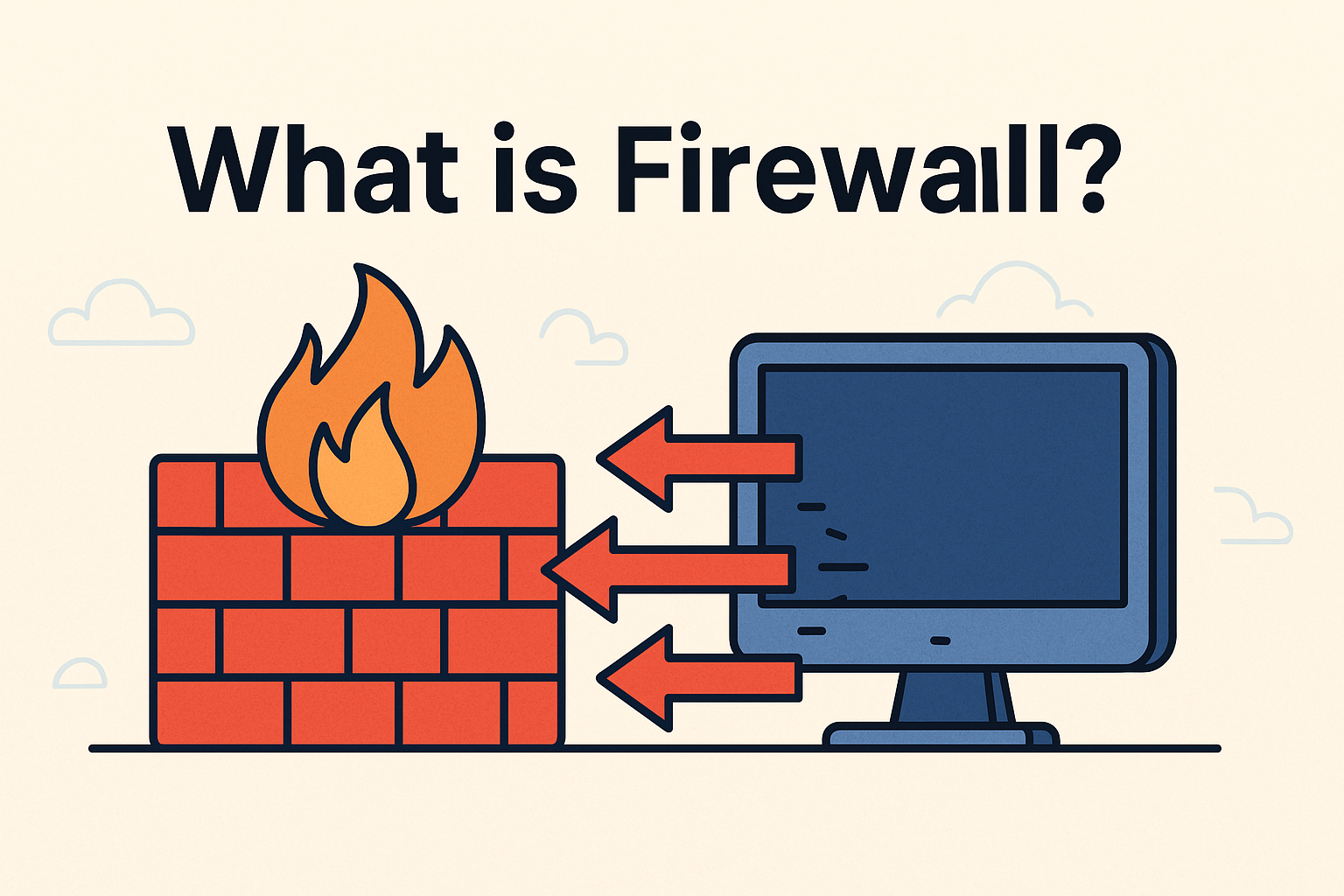Mastering Secure Email Encryption for Modern Business Communication
Updated on November 18, 2025, by ITarian

Email is one of the most widely used communication channels across industries, yet it is also one of the most frequently targeted by cybercriminals. If you’ve ever wondered, how do I encrypt an email to protect sensitive business or personal information, you’re asking the right question. With data breaches, phishing attacks, and unauthorized access on the rise, securing your email communication has never been more critical.
Encrypting your emails ensures that only the intended recipient can read the message, even if someone intercepts it. This practice is especially important for IT managers, cybersecurity teams, CEOs, and professionals responsible for safeguarding confidential information. In this article, you’ll learn the full process of encrypting emails, the tools you need, why encryption matters, and the best methods for staying compliant and secure.
Why Encrypting Your Emails Matters More Than Ever
Email encryption protects your communication from unauthorized access, interception, or manipulation. In professional environments, especially those dealing with customer data, proprietary files, and financial information, encryption is essential.
Top Reasons to Encrypt Your Emails
-
Prevents unauthorized parties from reading sensitive information
-
Protects data when sending over unsecured networks
-
Ensures compliance with regulations such as HIPAA, GDPR, and SOX
-
Helps organizations maintain confidentiality with clients and partners
-
Protects intellectual property and internal documentation
-
Reduces the risk of cyberattacks exploiting exposed communications
Understanding How Email Encryption Works
Before exploring practical steps, it’s important to understand the mechanics behind email encryption.
What Email Encryption Does
Email encryption uses cryptographic algorithms to transform readable data (plaintext) into unreadable text (ciphertext). Only users who possess the corresponding decryption keys can read the content.
Two Major Types of Email Encryption
1. Transport Layer Security (TLS)
TLS protects emails during transmission from one server to another. It does not secure stored emails or attachments but is widely used.
2. End-to-End Encryption (E2EE)
E2EE protects the message at every stage—from sending to receiving—so even email service providers cannot read it.
Examples include:
-
S/MIME
-
PGP
How to Encrypt an Email Using Common Email Platforms
Different email providers offer different levels of encryption. Below you’ll find specific methods for Gmail, Outlook, Apple Mail, and enterprise systems.
Encrypting Emails in Gmail
Gmail offers multiple encryption levels depending on the type of account.
Using TLS Encryption (Automatic)
Gmail automatically uses TLS whenever available.
Using Gmail Confidential Mode
Confidential Mode adds an extra layer of security.
How to Enable Confidential Mode
-
Click Compose
-
Select the Confidential Mode icon
-
Set expiration
-
Enable passcode if needed
-
Send the email
Using S/MIME in Gmail (Enterprise Only)
-
Admin enables S/MIME
-
Upload certificates
-
Compose new email
-
Choose enhanced encryption
Encrypting Emails in Outlook
Microsoft Outlook is widely used across enterprises.
Outlook Message Encryption
-
Open Outlook → New Email
-
Go to Options
-
Click Encrypt
Using S/MIME in Outlook
-
Install certificate
-
Enable through Trust Center
-
Select encryption when composing
Encrypting Emails in Apple Mail (macOS & iOS)
Apple Mail supports native S/MIME encryption.
Steps
-
Install your certificate
-
Open Mail → Compose
-
Enable the padlock icon
Using PGP Encryption for Maximum Security
PGP provides strong custom encryption.
How PGP Works
-
Create public/private key pair
-
Share public key
-
Recipient encrypts email
-
You decrypt with private key
PGP Tools
-
ProtonMail
-
Mailvelope
-
Thunderbird + OpenPGP
-
Gpg4win
Best Practices for Encrypting Emails in Business Environments
Implement Company-Wide Email Security Policies
Consistency strengthens protection.
Use Multi-Factor Authentication (MFA)
Protects mailbox + encryption keys.
Train Employees on Email Security
Reduces human error, still the #1 attack vector.
Use Strong Password Policies
Encrypted email is only safe if the account is secure.
Update and Maintain Encryption Certificates
Expired certificates break encryption chains.
Troubleshooting Email Encryption Challenges
Even with correct settings, issues can arise.
Recipient Cannot Decrypt Email
-
Certificate mismatch
-
Expired key
-
Unsupported email client
Encryption Option Missing
-
Admin settings disabled
-
Email client outdated
-
Missing certificates
Issues With PGP Keys
-
Wrong public key
-
Corrupted keys
-
Revoked keyring
Confidential Mode Issues in Gmail
-
Browser extensions blocking
-
Using unsupported accounts
Enterprise Email Encryption: Why It Matters
Large organizations handle massive amounts of sensitive data daily.
Benefits
-
Compliance alignment
-
Strong data loss prevention (DLP)
-
Secured remote workforce communication
-
Policy-based protections
-
Centralized auditing
How IT Enforces Encryption
-
Automatic certificate deployment
-
Enforced encryption rules
-
Endpoint-level controls
-
Logging + auditing
Frequently Asked Questions
1. Is email encryption really necessary?
Yes, especially for business communication.
2. Can I encrypt emails for free?
Yes—Outlook basic encryption, Gmail Confidential Mode, and PGP.
3. What’s the difference between PGP and S/MIME?
PGP offers manual control; S/MIME integrates more smoothly with enterprise tools.
4. Can encrypted emails be hacked?
Not easily, unless encryption keys are compromised.
5. Does email encryption slow down sending?
No—encryption adds minimal overhead.
Final Thoughts
Understanding how do I encrypt an email is essential for secure communication in today’s digital world. Whether you’re protecting sensitive information, ensuring compliance, or securing internal data, email encryption is one of the most effective safeguards available.
For businesses seeking even stronger security and centralized device management, upgrading your endpoint protection strategy is the next step. Explore powerful endpoint management capabilities through the ITarian platform and enhance your organization’s cybersecurity posture today.


